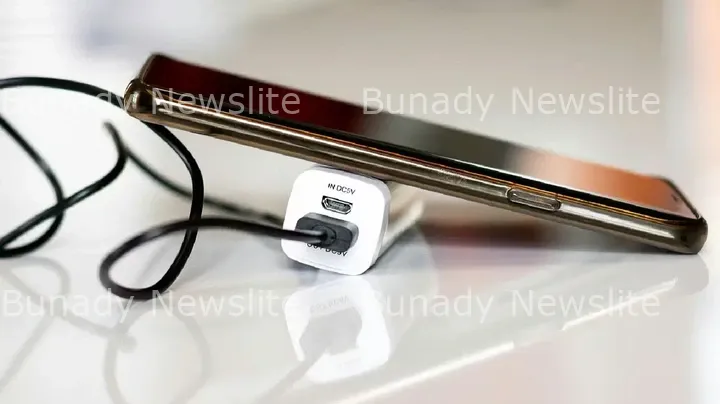In this article, we’ll explore five places you should avoid charging when your phone battery is running low, ensuring that your device stays safe and secure.... CLICK TO READ THE FULL NEWS HERE▶▶
Nowadays, our smartphones are almost our lifelines, keeping us in touch with loved ones, work, and the digital world. But as convenient as it may be to charge your phone wherever and whenever you can, there are certain places where plugging in could do more harm than good.
Whether it’s due to security risks, potential damage to your device, or simply poor charging practices, knowing where not to charge your phone is crucial.
WhatsApp Image 2024 08 24 at 20.35.07 f6888d15
In this article, we’ll explore five places you should avoid when your battery is running low, ensuring that your device stays safe and secure.
1. Public USB Charging Stations

Public USB charging stations, like those found in airports, hotels, libraries, and shopping malls, might seem convenient, but they pose serious risks. These stations can be hotspots for a type of cyberattack known as “juice jacking.” Cybercriminals can install malware on the USB port or cable, which, when connected to your phone, can steal data or install harmful software on your device.
2. Car’s USB Port
While charging your phone in your car might be alluring, it’s not the best idea. Car USB ports often provide less power than the wall outlets, leading to slower charging times. More importantly, these ports can also be data channels, similar to public USB stations, and could potentially expose your phone to unwanted access.
3. Laptop or Desktop Computer
Charging your phone via a USB port on your computer may seem easy and quick, but it’s not always safe or efficient. When connected to a computer, your phone gets exposed to data transfer risks, including potential security threats if the computer is infected with malware. Also, charging through a computer is generally slower compared to using a wall charger.
4. Outdoor or Unsecured Power Outlets
Charging your phone using outdoor or unsecured power outlets, such as those in parks or on the street, is risky. Not only do these outlets expose your phone to potential environmental hazards like moisture or dirt, but they are also often unregulated and may deliver inconsistent power levels, which could damage your phone’s battery. Not to mention, there’s a risk of theft, as your phone is more vulnerable in a public and less secure environment.
5. Charging on Your Bed or Under Your Pillow
Leaving your phone to charge overnight on your bed or under your pillow is a fire hazard. Experts say smartphones generate heat while charging, and covering them with bedding can trap this heat, potentially leading to overheating and even fires. Using your phone while it’s charging can also increase the risk of it overheating. To avoid these dangers, charge your phone on a hard, flat surface and consider removing it from the charger once it’s fully charged.











